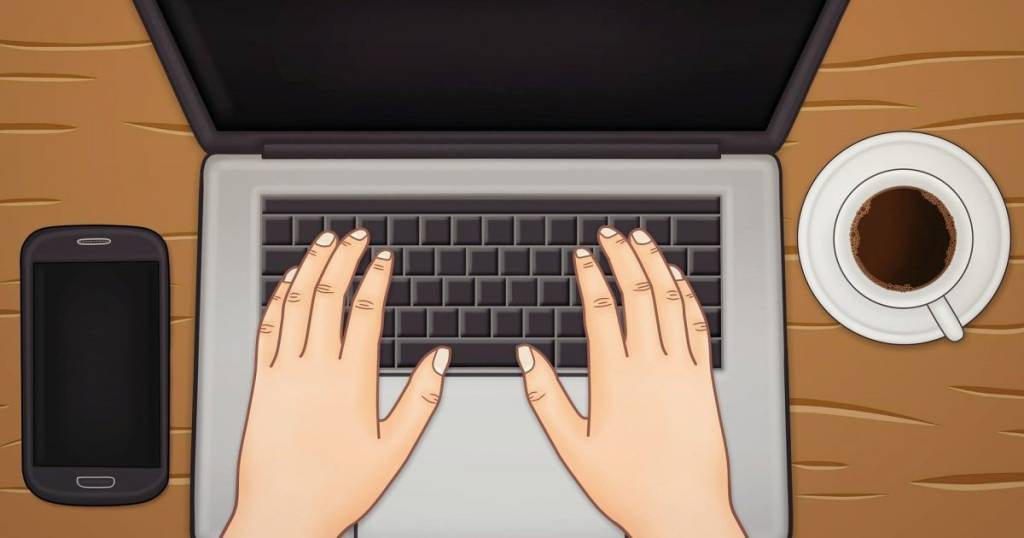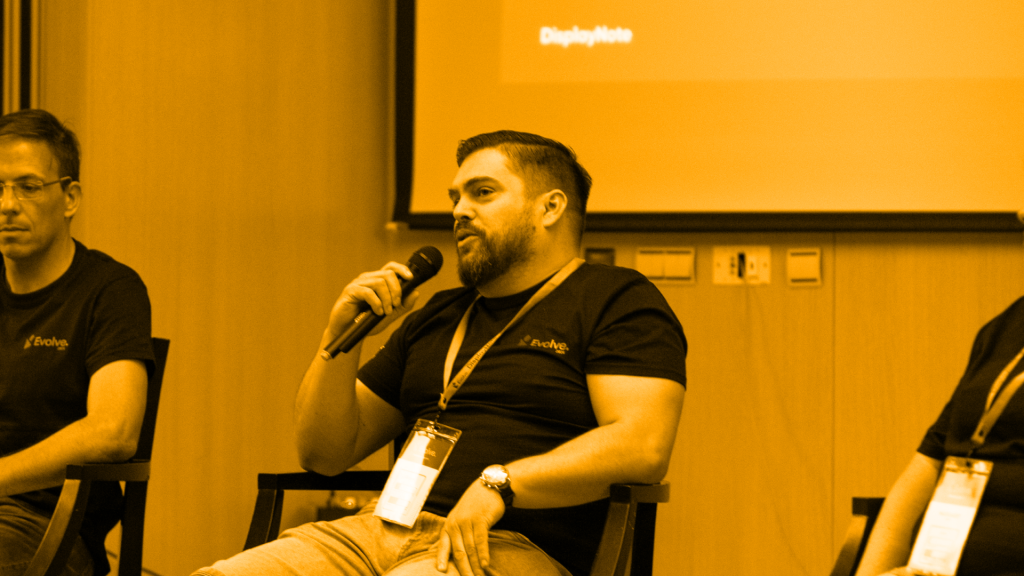
Coffee, Commutes & Human Contact: What WFH Taught Us about the Future of Office Culture
 Julie Adams
•
Sep 16, 2020
Julie Adams
•
Sep 16, 2020
As the old adage goes, you don’t miss things until they’re gone. Who could have ever guessed we’d miss the office?
Six months on and the prospect of sitting in a meeting room around a plate of nondescript biscuits seems positively delightful. We miss the sounds of keyboards clicking (yes, including that person sitting behind you who hammers the keys); the taste of that overpriced flat-white on the way in; we even miss the jovial chat about power-washers with John from accounting.
As many companies quickly adapted to government advice throughout March, remote working became the new normal, with estimates that 48% of the workforce had turned to remote working by April. Suddenly, those everyday work routines and habits had been replaced by instant messages, video calls, and BYOB (Be Your Own Barista).
Businesses and individuals alike were forced to adapt at dizzying speeds to the new style of working. But we didn’t just adapt; we began to embrace some of the new freedoms granted by this unprecedented remote working, taking the time to also reflect on the positive parts of office culture.
Here, we reflect on the lessons learned during the past six short-but-intense months; the good, the bad, and the parts we hope to remain as we all venture into the next era of work, whatever it looks like.
1. Flexible Workplaces Work Better
The kitchen became the classroom; parents became teachers; the internet was our source of connection to the outside world. With the closure of schools and childcare facilities, parents found themselves balancing the demands of their job with the needs of their families.
Many organizations had no choice but to become more flexible in regards to when, where, and how employees worked. The result? 68% of respondents in a Global Work From Home Survey reported a successful experience of WFH, with some attributing the shift with greater control over workflow and homelife balance.

Many workers had been asking for remote working for a long time, and arguable lockdown presented the perfect case study to support future use. This was in part supported by the rapid adoption of remote working tools like Zoom, software relatively unheard of before the pandemic.
Fast-forward to September 2020 and the company just announced a total increase in revenue of 335% year-over-year, which isn’t surprising really. Early adopters of the semi-remote model of working also found themselves much better equipped for the challenges caused by the sudden shift, with fewer disruptions to workflow and operations.
Will it stick?
Jonathan Dingel – associate professor of economics at Chicago Booth School of Business – suggested that 37% of work in the US could theoretically occur at home. However, implementing a successful hybrid working on a long-term scale may be easier said than done. Back in 2013, Yahoo! recorded an unsuccessful trial of semi-remote working, with CEO Melissa Mayer citing that the business needed to become ‘one again’.
2. Hybrid Working Reduces the Remand on Resources
As air pollution levels plummeted in China on the back of lockdown, it became evident to researchers that industrial habits played a significant role in the on-going climate crises. Some framed the pandemic as a perfect catalyst for change in that it provided the optimum test conditions for a trial-run of a new paradigm of working. Towns and cities were no longer faced with the inevitable bottle-neck of activity at fixed times of the day, elevating the strain on roads, resources, and the power grid.
Companies like Uber and Airbnb have already successfully leveraged this concept of ‘collaborative consumption’ in their business plan. From an economic perspective, these share economies also have the allure of reducing individual costs for both the employee and company, for example, childcare, travel costs, and location overheads.
However, some argue that the transition to hybrid workplaces might lead to the decentralization of business hubs, which poses a severe risk to city center economies. Others suggest that the relocation to more affordable, accessible locations outside of the main cities may help to tackle the issues of geographic wealth clusters and brain drains.

Hybrid working will inevitably speed up the implementation of the ‘15 minute city’, an urban planning strategy aimed at creating better living conditions for urban dwellers. Hybrid Working offers a solution to creating more of these areas. But what does ‘hybrid working’ actually mean?
In a nutshell, hybrid working is the flexibility of working from home a few days a week with the social and operational benefits of maintaining in-person collaboration a few days in the office.
Many forward-thinking organizations have acknowledged the merits of hybrid-working employee satisfaction and job engagement. But it remains to be seen whether a widespread adoption will happen, or whether many will remain firmly rooted in the traditional structures of the 9-5. Only time will tell.
Finding the Right Tools for Hybrid Working
As we go forward, technology is going to play a vital role in carving out what the new safe workspace looks like. Gone are the days of Office, Exchange, and Word. Companies will need to adapt to multi-platform environments while simultaneously addressing issues like user experience and digital security.
Tools like Launcher allows employees to walk into anymeeting space and collaborate effortlessly by sharing content and accessing apps on the meeting room screen. Plus, video calls can be launched remotely without the need to touch a screen or shared computer. They can do it via their mobile phone, which uses proximity detection to access a large touchscreen.
Launcher’s Kiosk mode means meeting spaces can be standardized across the organization, to work with the tools they already use. Plus, the in-built data clearing features ensure the privacy and security of users’ content.

3. It’s Good to Slow Down
One of the most widespread benefits reported from our conceptual hibernation was a change in pace. For once, slowing down became the right thing to do; it was the moral and ethical choice. As life suddenly screeched to a halt, there was a shared realization that we no longer had a myriad of after school activities, networking events, and catch-ups to contend with. Our calendars had become indefinitely free.

For many, this came as a welcome change. Caught up in a perpetual cycle of hyper-productivity, many of us found ourselves unfamiliar with the merits of being idle. This prompted a stock-take on life; what did we want our newly emerging lives to look like post-pandemic? The overwhelming response was: simple. It was time for a redirection of effort, into things that either matter or bring us joy, or both.
4. Connection is Important
Humans thrive on social interaction. Maslow identified connectedness and belonging as innate human desires in his hierarchy of needs. But can we achieve this by interacting via video calls alone?
Social scientist Mehrabian (1982), suggested that verbal content makes up just 8% of our overall impression during an interaction. So, even when connecting with others via online tools, a lot of the rich non-verbal cues and communication elements are getting lost.
The office has become somewhat romanticized as a result. Sandwiches, small talk, and signing cards for people we didn’t know; we want it all back, and the data backs it up. Two-thirds of those surveyed by Adeco stressed the importance of meeting colleagues face to face, with many employees stating social reasons as motivators to return to the office.
Over time, companies face the risk of teams becoming disconnected and out-of-sync. New recruits will also miss out on first-hand exposure, impacting their ability to establish relationships with colleagues, and assimilate the workplace culture.
5. Employees Want to Have It Both Ways
Humans are inherently hungry; if we can have it all, we will, i.e. we want the socialness of the office with the relaxed atmosphere of our homes. The concept of a blended approach is therefore appealing to many. In a survey of over 8,000 office workers, leaders, and CEOs, 3 in 4 people expressed a preference for a mix of office and remote-based working.
Given the announcement many workforces are not expected to return to their offices until January 2021 at the earliest, remote working looks like it’s here to stay for now.
As the government continues to put pressure on the return to work and restimulation of the work-related economy, organizations are faced with the challenge of adopting this new ‘blended’ approach.

Summary
It will be interesting to observe changes in the patterns of work, career, and lifestyle choices over the next 12 months. The naive amongst us could persuade you things will return to how they were; the reality is that we’re now entering a new and altogether unfamiliar time in history. It’s like planting a seed; it often doesn’t grow how you expect it to, it bends and moves to reflect the changes in its environment.
About the Author
This article is written by Julie Adams, a Content Specialist at DisplayNote. Julie is a writer and avid admirer of science, psychology & music.
Want to stay in the loop?
Keep up-to-date with everything DisplayNote – including new releases, job openings, and customer giveaways.
Don’t worry, we’ll not spam you and we’ll never share your email with anyone






